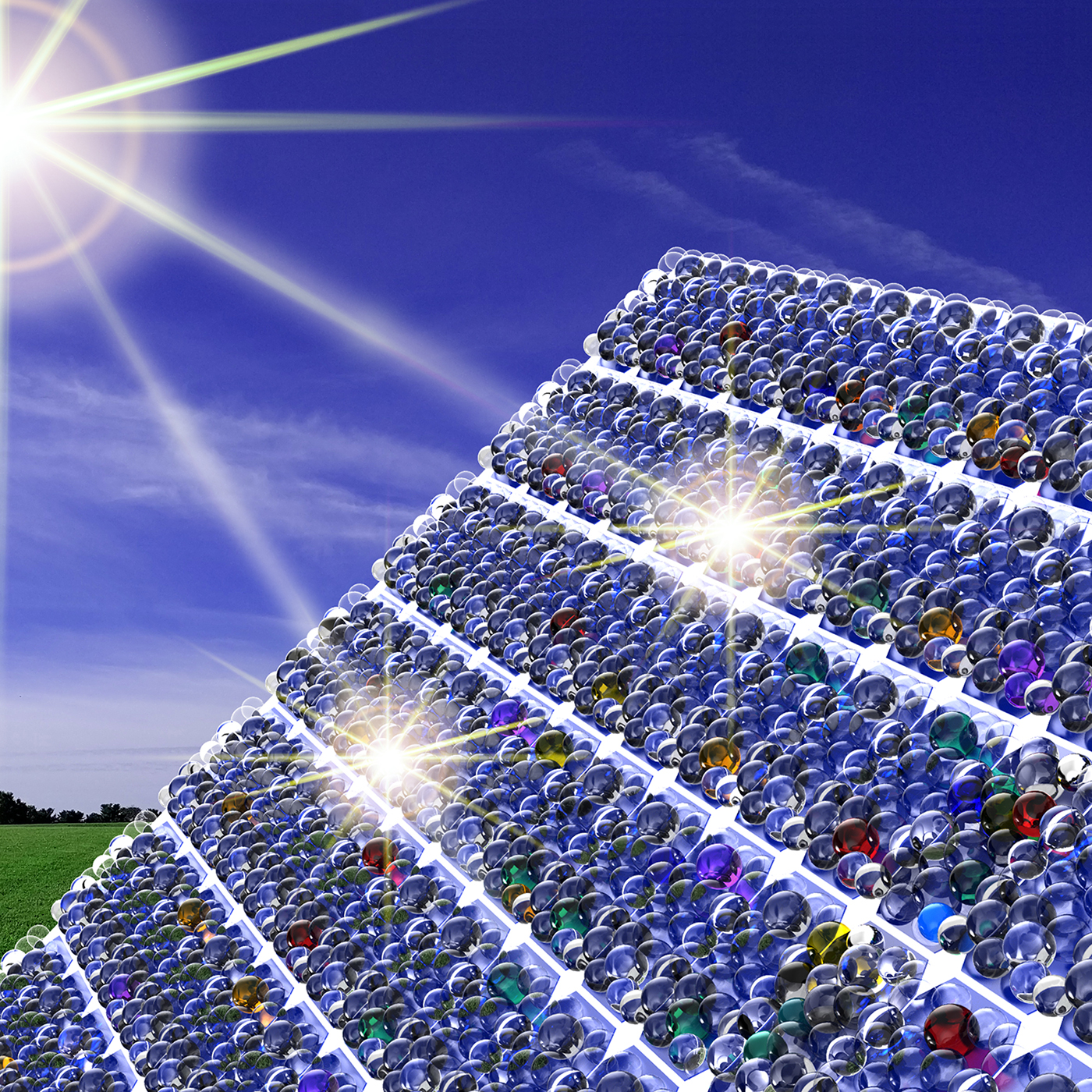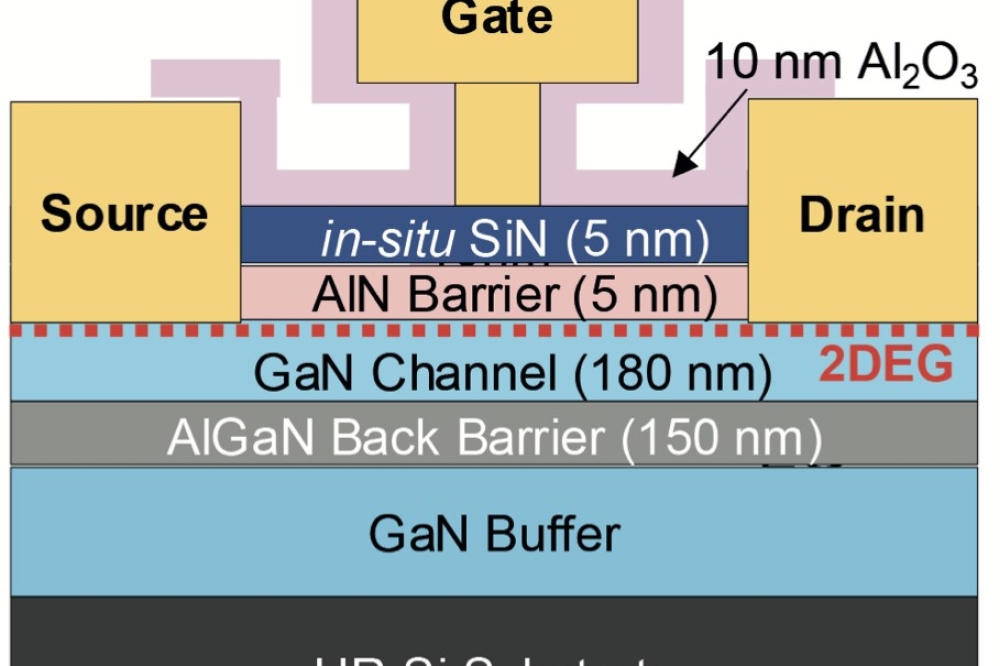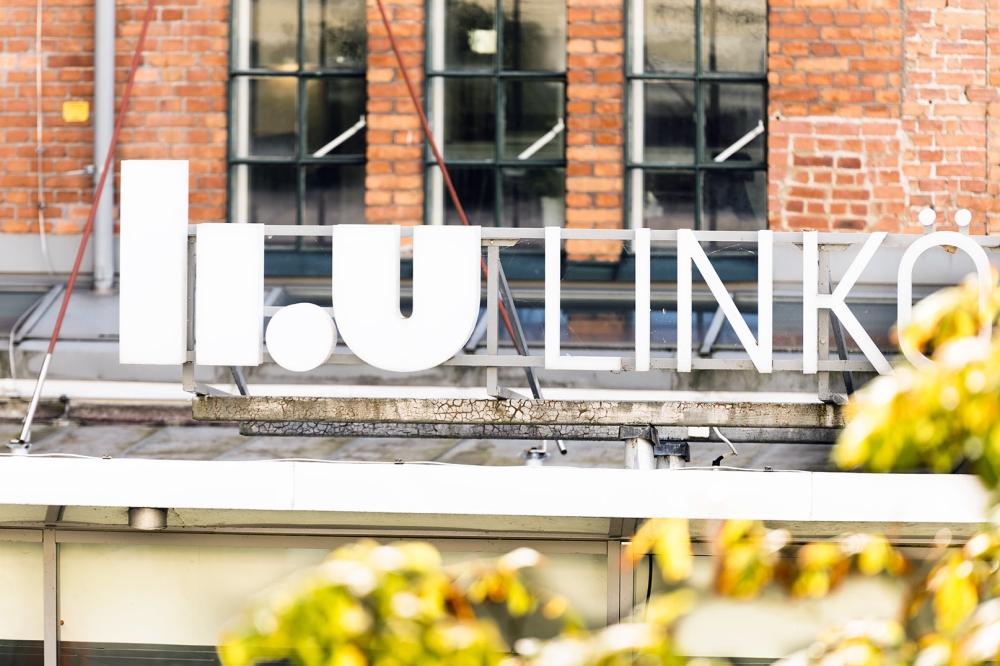Whispering Gallery for Light Boosts GaAs Solar Cells

NIST team uses nanoscale SiO2 coating to increase solar absorption by 20 percent
By trapping light with an optical version of a whispering gallery, researchers at the US National Institute of Standards and Technology (NIST) have developed a nanoscale coating for solar cells that enables them to absorb about 20 percent more sunlight than uncoated devices.
The SiO2 coating, which was applied at a GaAs solar cell, opens a new path for developing low-cost, high-efficiency solar cells with abundant, renewable and environmentally friendly materials, according to the team.
The coating consists of thousands of tiny glass beads. When sunlight hits the coating, the light waves are steered around the nanoscale bead, similar to the way sound waves travel around a curved wall such as the dome in St. Paul's Cathedral in London.
Whispering galleries for light were developed about a decade ago, but researchers have only recently explored their use in solar-cell coatings. In the experimental set up devised by a team including Dongheon Ha of NIST and the University of Maryland's NanoCenter, the light captured by the nanoresonator coating eventually leaks out and is absorbed by an underlying solar cell made of GaAs.
The study is the first to demonstrate the efficiency of the coatings using precision nanoscale measurements, said Ha. "Although calculations had suggested the coatings would enhance the solar cells, we could not prove this was the case until we had developed the nanoscale measurement technologies that were needed," he noted.
This work was described in a recent issue of Nanotechnology by Ha, collaborator Yohan Yoon of NIST and Maryland's NanoCenter, and NIST physicist Nikolai Zhitenev.
The team also devised a rapid, less-costly method of applying the nanoresonator coating. Researchers had previously coated semiconductor material by dipping it in a tub of the nanoresonator solution. The dipping method takes time and coats both sides of the semiconductor even though only one side requires the treatment.
In the team's method, droplets of the nanoresonator solution are placed on just one side of the solar cell. A wire-wound metal rod is then pulled across the cell, spreading out the solution and forming a coating made of closely packed nanoresonators. This is the first time that researchers have applied the rod method, used for more than a century to coat material in a factory setting, to a GaAs solar cell. "This is an inexpensive process and is compatible with mass production," said Ha.
'Nanoscale imaging of photocurrent enhancement by resonator array photovoltaic coatings', by Dongheon Ha et al; Nanotechnology, 15 February 2018.


































